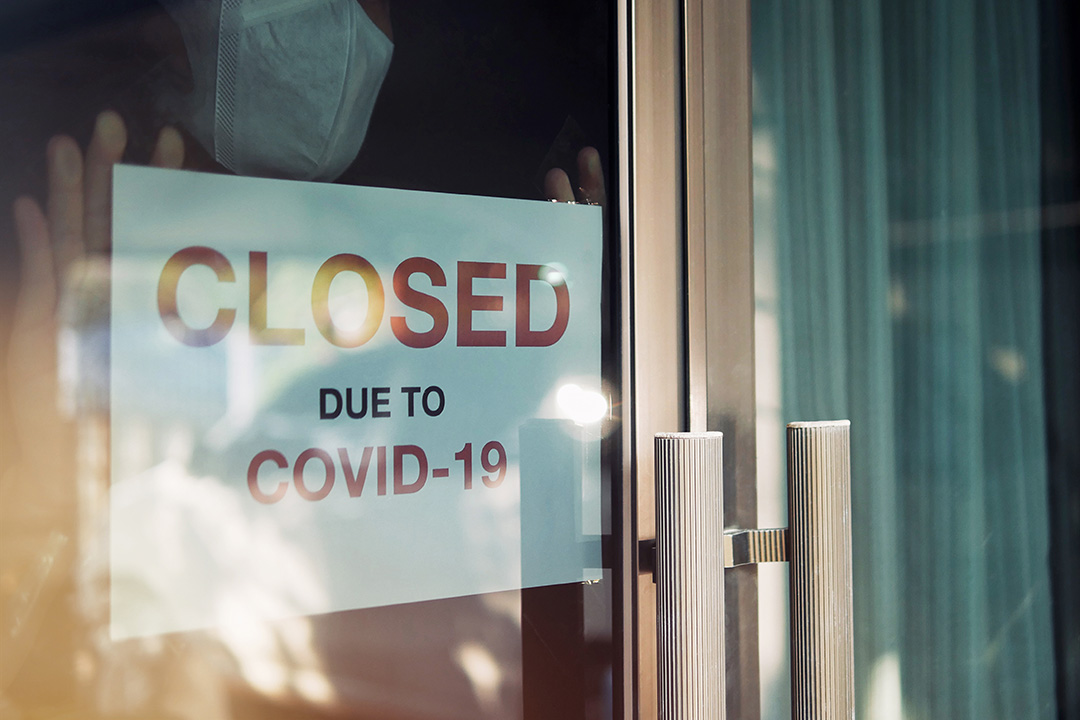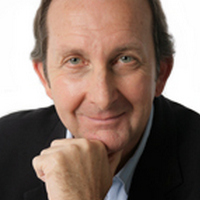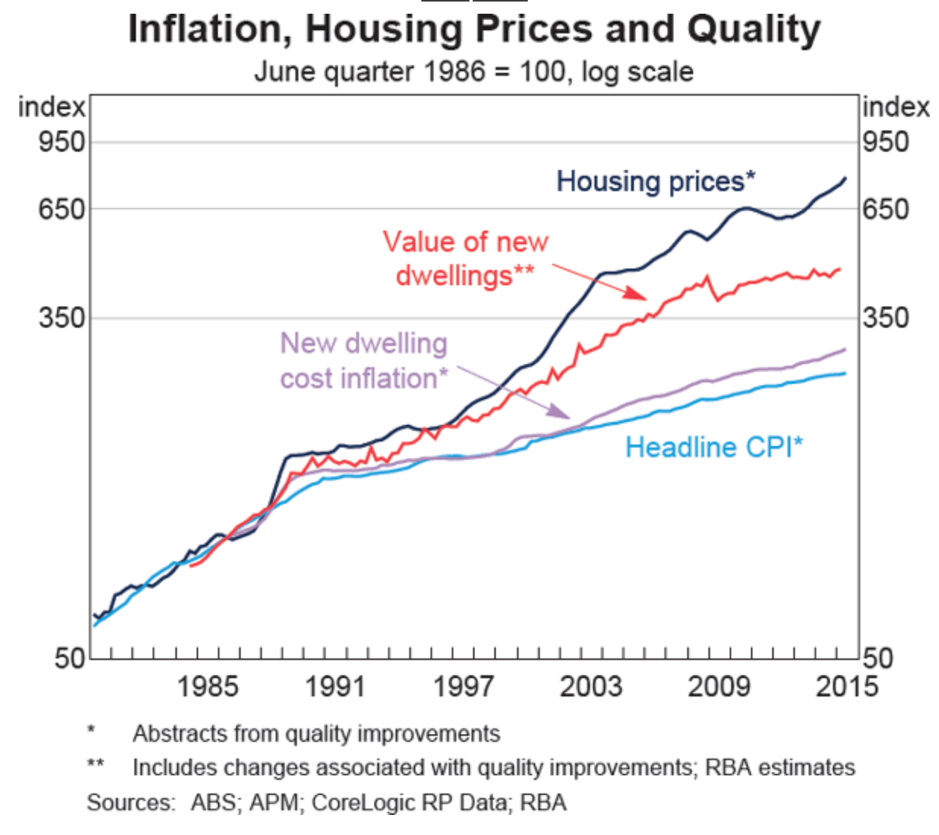

This morning at 11.30, we get the latest jobs report for the month of May and you have to hope that it adds to positivity rather than feeding the pessimists who seem to hang on to the prospects that we should prepare for a serious second-wave infection onslaught followed up by more economic closures.
I hope today’s job numbers will help end the ‘high anxiety’ that will hold back our economic comeback. High Anxiety is one of my favourite films, created by Mel Brooks of Blazing Saddles and Get Smart fame. The film relies on a series of scenes re-living legendary movies of Alfred Hitchcock, the world’s greatest scary movie creator.
It focused on a world class ‘shrink’, Dr. Richard Thorndike, who ran the Psycho-Neurotic Institute for the Very, Very Nervous. And given this scary movie we’ve been living though called COVID-19, we need economic statistics to start making us less petrified about our future.
Economies thrive or die on confidence and these job numbers come as the Melbourne Institute's Taking the Pulse of the Nation survey found 48% of us think this economic fallout from the Coronavirus will last longer than a year.
This is a good news sign because last week it was 55%!
So what we’re seeing and hearing is making us think that maybe we all went too long on fear and loathing.
Let’s hope today’s number adds to our slow-growing positivity about our future. And we’re not alone in our feeling a little more optimistic, as this headline from CNBC overnight shows: “European markets close higher as recovery hopes persist despite geopolitical tensions.”
Being negative and inclined towards being a doomsday merchant seems to come with enormous reverence and respect in media circles. Earlier this week, the IMF’s chief economist, Gita Gopinath, made a name for herself with this clickbait, throwaway line: “Global economy to be worst hit since Great Depression.”
Seriously, as someone who has monitored markets and economies on a daily basis for over 30 years, I do feel that the pessimists really get treated with undue respect. Many of them have tipped ‘10 of the past two recessions’, which in Australia’s case were 29 and 37 years ago.
They’ve tipped house price Armageddon and this chart shows how that’s worked out:

Basically, to force our economy into recession, fate had to serve up a pandemic that effectively shut the place down. And even with that, we could surprise the pessimists by doing a lot better down the track than doomsday merchants will have it right now.
I’ve learnt that you can underestimate at your peril the willingness of the citizens of this planet to find ways of snatching victory from the jaws of an expected and unavoidable loss. And I’ve seen it here with the ANX/Roy Morgan consumer confidence index rising by 0.5% this week, which is the 10th lift in 11 weeks. It now stands at 97.5 points, which is only 15.4 points of its long-run average since 1990 of 112. Consumer positivity is up by 49.3% over the past 11 weeks, since hitting a near record low of 65.3 points on March 29.
I think we could see a disappointing figure for May’s unemployment rate today because we only started going back to a new version of normal at the end of May. However, I’m hoping for a US-style surprise result, where economists expected job losses of 8 million but found 2.5 million jobs were created. That was a 10.5 million forecasting mistake but it was a great mistake.
CBA Group economists forecast job losses of 100,000 for May, with the unemployment rate lifting from 6.2% to 7.7%. And this follows an historic plunge in jobs in April, when 594,300 jobs were lost!
But that’s life with a Coronavirus.
As an economist, I know trying to guess the economy is hard at the best of times but throw in a virus and economic closures and you’re up the statistical creek without a paddle.
Interestingly, while CBDs have been suffering with workers sent home, suburban cafes, hardware stores, cooking shops and other retailers like JB Hi-Fi have done well. There could be a suburban-led recovery in today’s job numbers but that could be me being excessively optimistic.
I guess I keep addicted to positivity and optimism because of this chart of the stock market:

That chart is continually heading up, as it has since 1900 and even before, reeling off returns of around 10% per annum over a 10-year period, simply screams that you’re better off being a long-term optimist. And the best time to believe this story is when markets get really, really nervous!